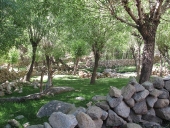
 1
1




Professional photographer and nature lover. Zone 8b, Bulgaria.
 2
2









Professional photographer and nature lover. Zone 8b, Bulgaria.

 1
1




 1
1








Professional photographer and nature lover. Zone 8b, Bulgaria.
 5
5




When you reach your lowest point, you are open to the greatest change.
-Avatar Aang




Professional photographer and nature lover. Zone 8b, Bulgaria.
 5
5




 3
3






 3
3









|
A teeny tiny vulgar attempt to get you to buy our stuff
Play Your Way to a Sustainable Lifestyle: Uncover Permaculture Principles with Each Card
https://gardener-gift.com/
|




